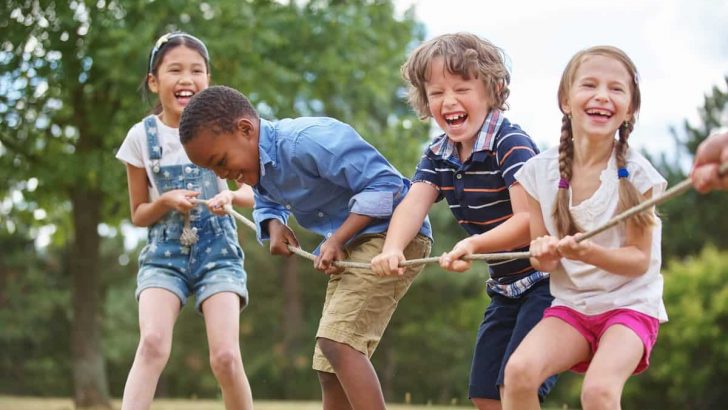Every child is unique.
This means that children’s needs vary.
There are many ways to categorize children, and the type of child referred to can vary depending on the context.
Common ways of classifying children include age, stage of development, personality type and learning style.
Age is one way of classifying children.
Infants are generally considered to be children from birth to one year of age, while toddlers are children from one to three years of age.
Preschoolers are between three and five, while school-age children are between six and twelve.
Adolescents are young people between the ages of thirteen and eighteen.
Another way of classifying children is by stage of development.
This can include physical, cognitive and emotional development.
For example, a child who is beginning to walk and talk will be considered to be at a different stage of development from one who is learning to read and write.
Of course, personality type is another way of classifying children.

Some children may be outgoing and sociable, while others may be more introverted and reserved.
Children can also be classified as more active and energetic, or more passive and laid-back.
Finally, learning style is another way of classifying children.
Some children are visual learners, while others are auditory or kinesthetic learners.
Visual learners tend to learn best by seeing things, while auditory learners tend to learn best by hearing things, and kinesthetic learners tend to discover best through movement or hands-on activities.
But what we’re particularly interested in today are the different personality types.
We’ve created four broad categories:
- Extraverted
- Introvert
- Active
- Passive
Depending on which category your child falls into, you’ll need to adapt your parenting style.
1. Raising extroverted children
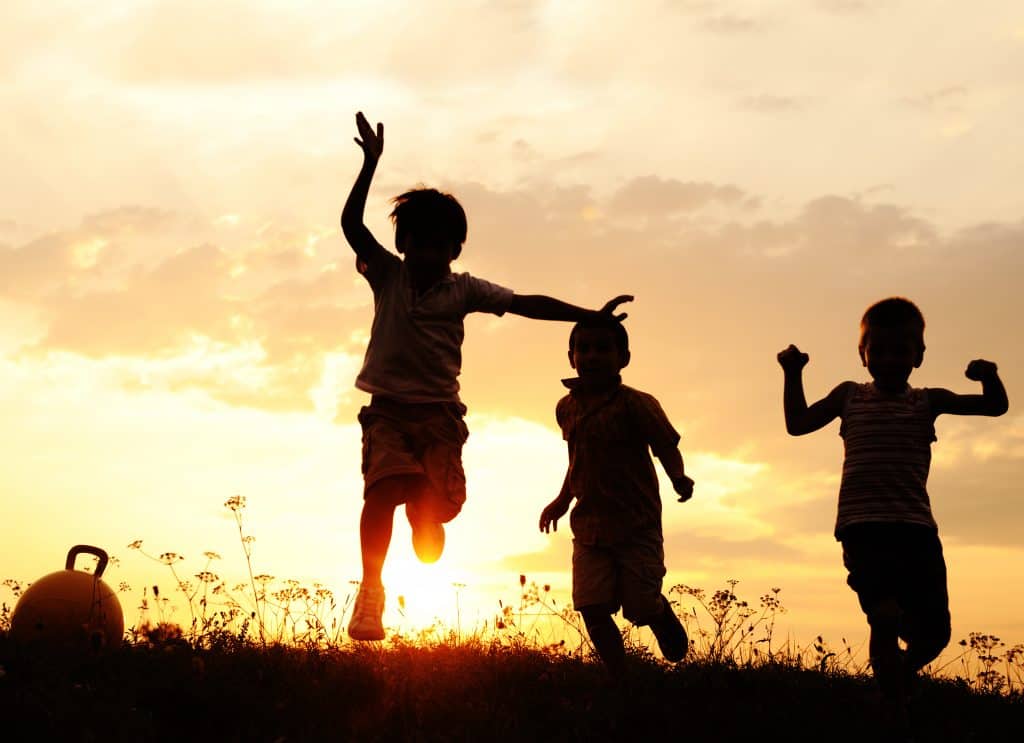
Extroverted children are known for their sociable nature.
They are often described as talkative, energetic and self-confident.
Indeed, they enjoy being in contact with other people, often seeking social interaction and activities.
Extroverted children also like to express their thoughts and ideas.
They may have lots of friends and enjoy being part of a group.
Moreover, these children tend to be constantly on the move.
They may enjoy physical activities like sports and games, and find it hard to sit still for long periods.
Extroverted children are also known for their strong leadership skills.
Indeed, they have the innate ability to take charge of a situation.
They are effective at motivating and inspiring others.
However, it’s important to note that extraversion is a spectrum, and some children may be more extroverted than others.
How do you raise an extroverted child?
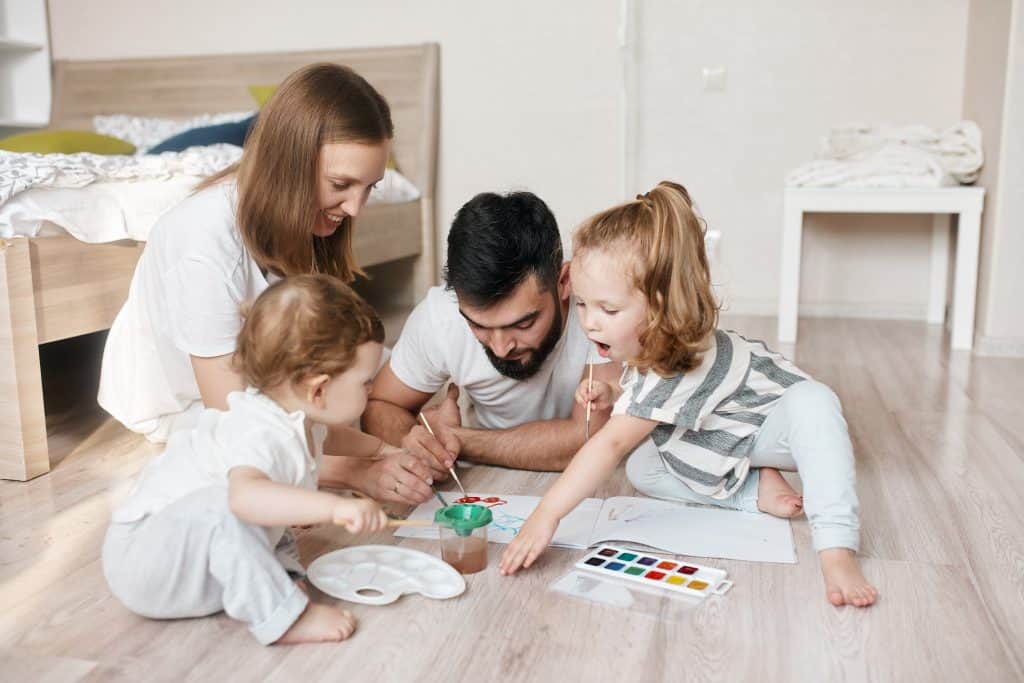
Of course, bringing up an extroverted child can be difficult, as their sociable nature can lead them to be easily distracted.
However, there are a number of strategies that can be employed.
One is to provide opportunities for social interaction and collaboration.
Indeed, these children can be more engaged in learning when working with others.
Group projects and activities, classroom discussions and collaborative learning opportunities can all be effective in keeping extroverted children engaged.
Another strategy is to integrate hands-on, active learning into the program.
Incorporating hands-on activities, such as experiments, field trips and other interactive activities, can help keep extroverted children engaged and focused.
It’s also important to give extroverted children opportunities to lead and take charge.
They may have strong leadership skills and enjoy taking charge of a situation.
Allowing them to take on leadership roles, such as group leader or class delegate, can help them channel their energy and assertiveness in a positive way.
Another way to educate an extroverted child is to give him the opportunity to speak in public and perform.
They may enjoy expressing their thoughts and ideas in front of others, and giving them the opportunity to make a presentation or perform in front of the class or school can help build their confidence and self-esteem.
2. Educating introverted children
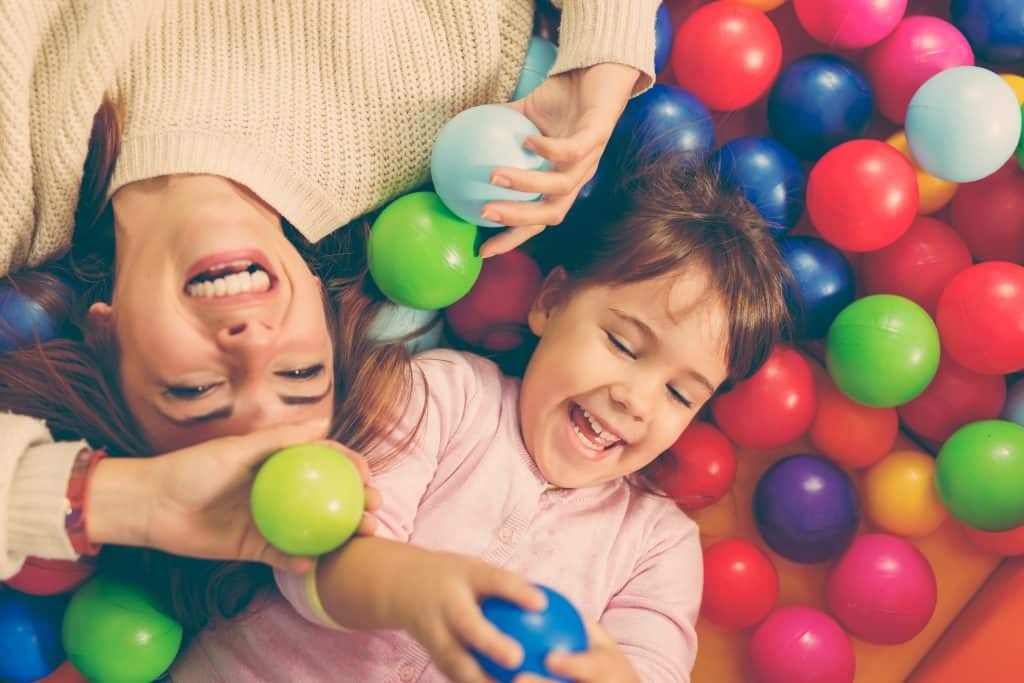
Introverts are known for their reserved, reflective nature.
He therefore prefers to spend time alone or with a small group of close friends.
They may also be more contemplative, taking their time to process information and ideas.
Introverted children can also be more sensitive and introspective.
As a result, they are more attuned to their own thoughts and feelings, and have difficulty adapting to the fast-paced, highly stimulating environment of the classroom.
Similarly, they may be more affected by the emotions of others and need more time to process and understand them.
Introverted children may also be more independent and self-directed.
They are therefore more interested in solitary activities such as reading, writing or drawing.
However, it’s important to note that introversion is a spectrum, and some children may be more introverted than others.
How to bring up an introverted child
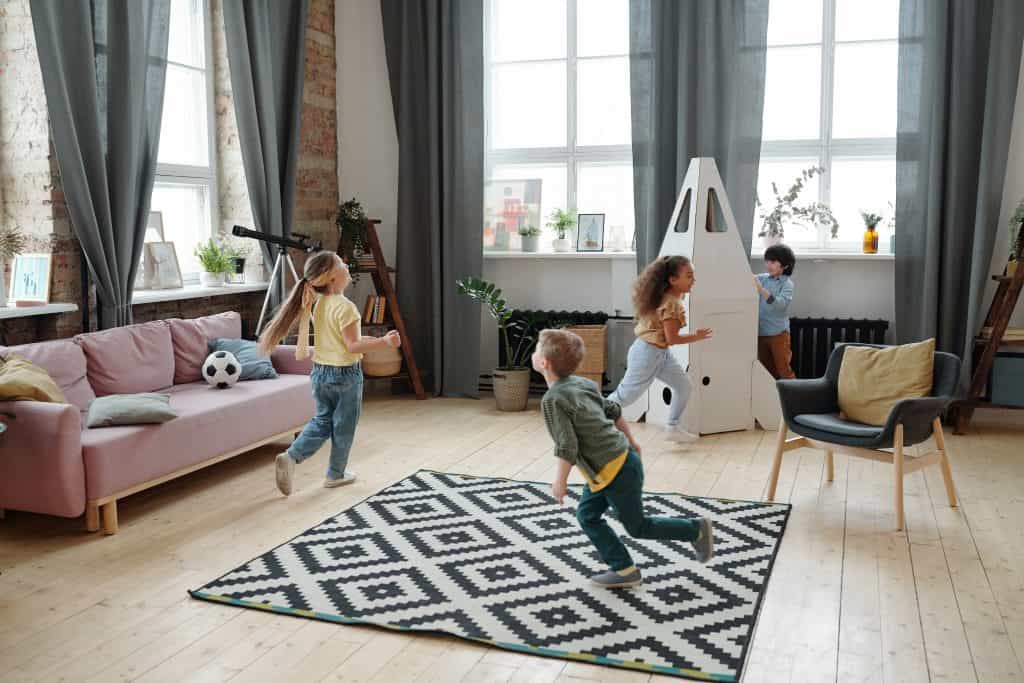
Introverted children may prefer to work alone.
So allowing them to work independently on projects or tasks that match their interests and passions can help them stay engaged and motivated in the learning process.
Another strategy is to create a calm, unstimulating environment.
Creating a quiet environment with minimal distractions can help reduce stress and anxiety, and increase concentration.
It’s also important to provide introverted children with opportunities for reflection and contemplation.
Incorporating activities such as journaling, meditation or quiet time into the school curriculum can help support their reflective and contemplative nature.
Another way to educate an introverted child is to give them the opportunity to establish deeper bonds with a small group of people.
They may prefer to spend time alone or with a small group of close friends, and giving them the opportunity to form deeper bonds with classmates or teachers can help build trust, support and a sense of belonging.
3. Raising active children
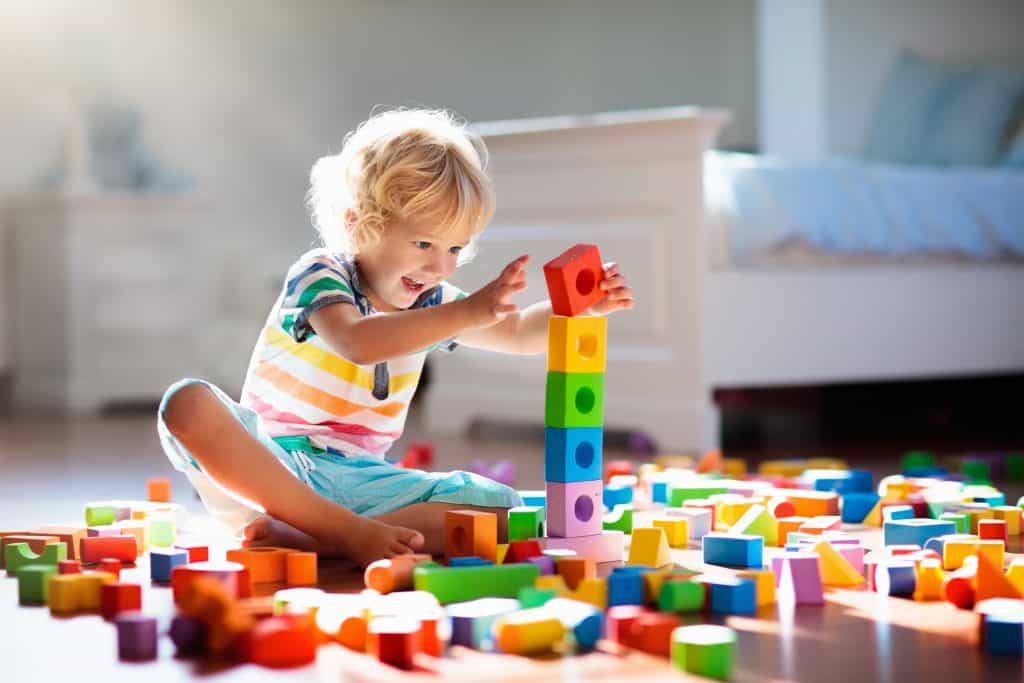
Active children are known for their high energy and physicality.
They tend to be constantly on the move, and find it difficult to stand still for long periods.
They can also be very curious and enjoy exploring their environment.
But that’s not all!
Active children can also be very impulsive and have difficulty controlling their impulses.
They may act rashly, interrupt others or make inappropriate comments.
So following the rules and staying on task is difficult for them.
Active children may also have a high level of physical activity and enjoy sports.
They may similarly have a high level of stamina and be able to run, jump or play for long periods.
How do you raise an active child?

Active children may find it difficult to sit still for long periods and concentrate when they are expected to be still and quiet.
Incorporating movement and physical activity into the curriculum, such as brain breaks, kinesthetic learning activities or physical education classes, can help channel their energy and keep them engaged in the learning process.
Another strategy is to offer hands-on, experiential learning opportunities.
Active children are often very curious and like to explore their environment.
Excursions, projects and experiments can help them stay engaged and motivated in the learning process.
It’s also important to give active children the opportunity to take risks and try new things.
They may enjoy physical challenges and look for opportunities to push themselves physically.
Allowing them to take risks and try new things in a safe, controlled environment can help channel their energy and build their confidence.
Another way to educate an active child is to provide positive feedback and rewards for good behavior.
Active children can have difficulty controlling their impulses and following rules.
Positive feedback and rewards for good behavior can encourage them to focus and stay focused.
4. Training passive children

A passive child is known for his calm, laid-back nature.
They tend to be more withdrawn in their interactions with others and may find it difficult to assert themselves.
In fact, their behavior is often mistaken for introversion.
They may also be less interested in taking initiative or expressing their opinions.
Passive children can also be more reflective, taking their time to process information and ideas.
They also have difficulty accepting change and adapting to new situations.
As a result, they may be more dependent on others and have difficulty being independent.
How do you raise a passive child?
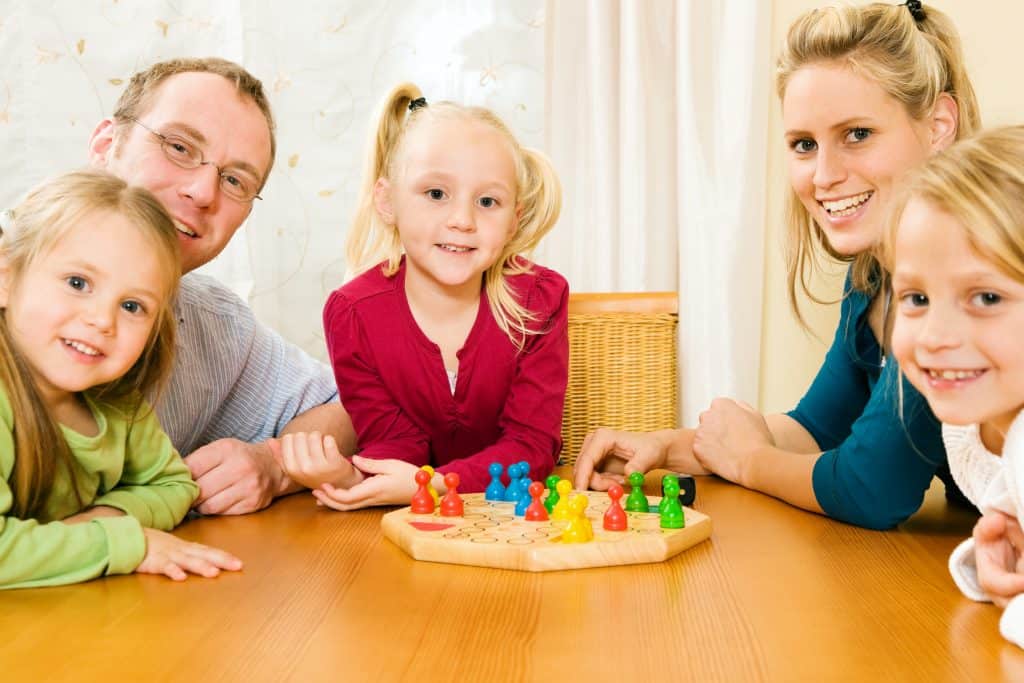
It’s important to give them the opportunity to assert themselves and develop their social skills.
In addition, assertiveness training and the development of social skills can help to boost his confidence and encourage him to express himself more effectively.
Another strategy is to create a safe and supportive learning environment.
Passive children can be more affected by the emotions of others.
What’s more, they need more time to process and understand them.
Creating a safe and supportive learning environment in which they feel comfortable expressing their thoughts and ideas can help reduce stress and anxiety, and increase their engagement in the learning process.
It’s also important to offer passive children opportunities for leadership and decision-making.
In fact, allowing them to take on leadership roles, such as group leader or class delegate, can help them channel their energy and confidence in a positive way.
Another way to educate a passive child is to provide opportunities for reflection and contemplation.
Incorporating activities such as journaling, meditation or quiet time into the curriculum can help support their reflective and contemplative nature.

Well, hello there!
My name is Jennifer. Besides being an orthodontist, I am a mother to 3 playful boys. In this motherhood journey, I can say I will never know everything. That’s why I always strive to read a lot, and that’s why I started writing about all the smithereens I came across so that you can have everything in one place! Enjoy and stay positive; you’ve got this!

